No matter how many people tell me that it is summer, it is, in fact, still spring and will be spring until June 20th. As summer is my least favorite season, I will be holding on to the fact of spring for as long as possible.

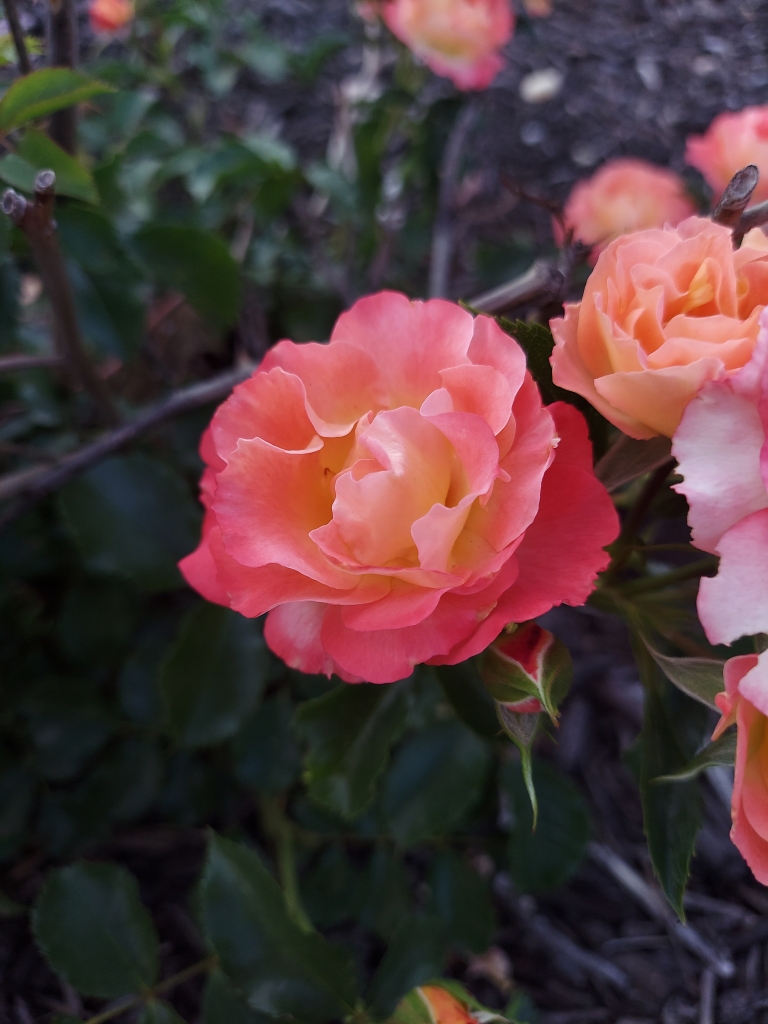
The flowers are finally blooming around town. The bushes of the nearest gardens are sagging under the weight of all the blossoms. My only objection to those gardens is that they pulled out a bunch of flowers like daylilies and planted a lot of yarrow. So. Much. Yarrow. It’s very, very yellow over there.
The storms didn’t let up in the second half of May. I was awakened one morning around 2:00 by the tornado sirens, and while the warning was soon canceled the storm was loud enough to keep me awake for more than an hour afterward. We’ve had more storms since then- none particularly violent, though some tree branches were downed around town. It doesn’t look like things will be quieting down in June, either. We’ve already had some storms move through the area this morning, and there will probably be more tonight.
I know I’d been complaining about the lack of rain over the past few years, but going from drought to flood is sure something.
Books I’ve Enjoyed Lately:
- House of Lilies: The Dynasty that Made Medieval France by Justine Firnhaber-Baker, ARC courtesy of NetGalley
- The Unbroken (Magic of the Lost #1) by C.L. Clark
- Bite by Bite: Nourishments and Jambories by Aimee Nezhukumathathil
- The Tainted Cup (Shadow of the Leviathan #1) by Robert Jackson Bennett
- Moon of the Crusted Snow (The Whitesky Saga #1) by Waubgeshig Rice
- The Complete Poems of Emily Dickinson by Emily Dickinson, edited by Thomas H. Johnson
House of Lilies is a potted history of the Capetian Dynasty, which ruled France from 987 to 1326, and turned a little kingdom into a socio-economic powerhouse, and transformed Paris from a muddy town into a major European capital. It was wonderfully detailed, very clearly written, and discussed the women of the Capetian dynasty just as much as the men. If you want get a good foundation of the history of medieval France, this is a great book to pick up.
In The Unbroken, Touraine is a woman who was taken as a child by imperial forces and raised to be a perfect soldier of the empire. Now, she and her squadron are sent back to the land of their birth to keep the empire’s peace. But while Touraine wants to forget her childhood and gain rank, her squadmates aren’t so keen to let go of the past. Meanwhile Luca, the heir to the empire, has been tasked with keeping order, but her peaceful ideas clash with brutal reality. Everyone makes bad decisions, and mayhem ensues. I thoroughly enjoyed this, because while Touraine and Luca’s decisions were terrible, they all made sense to their characters and everything felt realistic. I plan to get to the next book sometime soon.
Bite by Bite is a book about food, memory, and life as told by a poet who is the child of immigrants who take pride in their homeland’s cultures. Nezhukumatathil appreciates her family’s love of food and flavor, is passing that love on to her own children, and writes beautifully about things like mangoes and halo halo. She made me want to try everything she wrote about– even the foods I eat all the time, like apples. It also made me want to seek out more food writing.
In The Tainted Cup, an apprentice detective is sent to check out a crime scene for an eccentric investigator who is reluctant to leave her home. As the investigation continues, he stumbles across a conspiracy that could undo the empire. Meanwhile, giant sea monsters keep trying to break through the great sea walls to destroy the cities. I wouldn’t have picked this up if it hadn’t been for the fantastic reviews from several people in my bookish Discord. I hated Robert Jackson Bennett’s Foundryside, but they assured me that The Tainted Cup was a lot different and a lot better. I listened to them, and they were right. I’m looking forward to book two, which is due out next February.
In Moon of the Crusted Snow, the end of the world as we know it comes slowly to an Anishinaabe village in northern Canada. As the full scope of their situation slowly dawns on the people of the village, they are forced to conserve their resources a turn back to the old ways in order to survive the harsh winter and beyond. This was a spare and beautifully-written novella that is full of atmosphere and peopled by fascinating, realistic characters who are caught in a terrifying situation, but still need to find a way to keep moving forward.
It took me about a month and a half to read The Complete Poems of Emily Dickinson. She wrote some 1,775 poems, after all. The editor, Thomas H. Johnson, put the poems in chronological order- or as least as chronological as he could make them. You can see Dickinson’s development of style and vision thanks to this ordering. I tabbed the poems that really spoke to me, and it’s clear that I prefer her later works. Dickinson’s work as a whole is a lot darker than I remember it being. I think that’s fantastic.
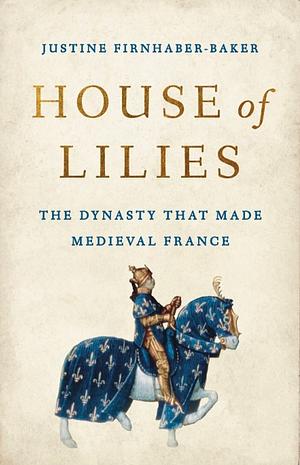
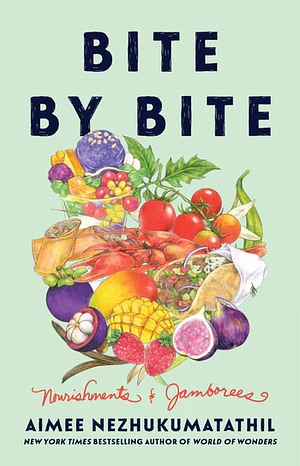


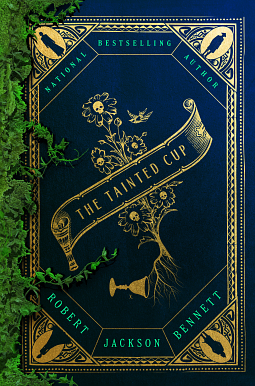

Obligatory Mina Photo:
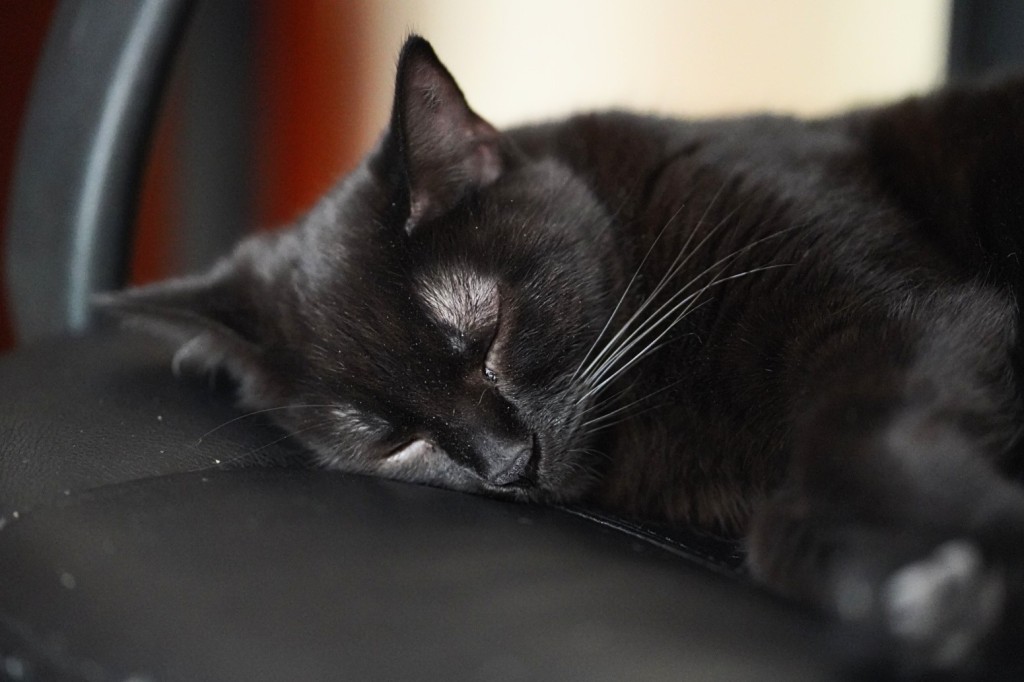
Now that the weather is warming up, Mina has mostly abandoned her blankets in the chair and started napping in cooler spots- like my desk chair. She really likes sleeping in the chair, and I have to wonder if she doesn’t want me getting my writing and whatnot done. Fortunately, my laptop can move around so I can still get things done while she is napping.
A fascinating selection of books here. Well done for making it through the whole of Emily Dickinson. I find her quite opaque.
A lot of the poems were pretty opaque. I’d read through a bunch of them two or three times and couldn’t quite fathom what she was getting at. Perhaps I’ll go back later in life and have a better idea of what she meant.
It’s Mina’s chair now!❤️I should reread all of Emily Dickinson’s poems again and get a grown up version!
There’s a scene in Sophie’s Choice – really sad holocaust type film with Meryl Streep -where she’s trying to borrow a book from a librarian. Her English isn’t very good. He keeps giving her Dickens and she’s trying to say she wants Emily Dickinson. That’s always stayed with me.
I don’t love summer either. Give me spring and fall…
I’ve never seen Sophie’s Choice, but I can see how that mistake would be made. It probably happens in libraries all over.
The temperature has still felt reasonably spring-like around here, though it’s quickly moving in the direction of summer. But sadly the last few days the humidity has felt very much like summer. Not looking forward to it, but it is what it is and I’ll try to find the positives and work with them. 🙂
I love the range of books this time (and often, for that matter). I’ve not read Emily Dickinson in quite a while, and I don’t know that I have any books specific to her but this has me curious to pull back out my college books and reread some of what’s in there.
It’s been positively summer-like here this week. It hit 90 this afternoon. I’ve had to run my air conditioner a little to cool my place down a bit in a evenings, but otherwise it’s been alright. Not too humid. yet.
Dickinson’s work is so interesting. There have been poems that I’ve loved since high school, and others that are so opaque to me that I have no idea what they mean.